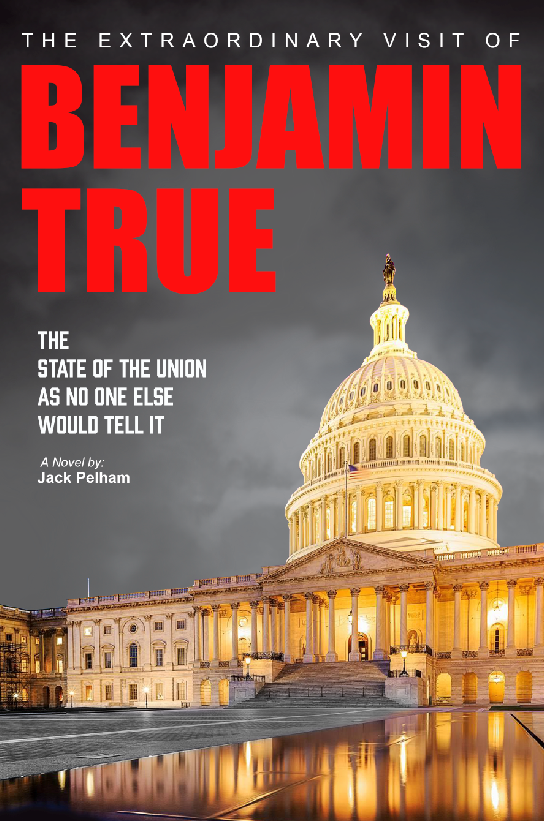Here’s a graphical representation (below) of a model I’m currently considering. It regards the question of how we should regulate our level of certainty on any particular belief. The idea is simple: We need to understand first the nature of the target of that belief. That is, is it something we can prove (strong) or something we have only imagined to be true (weak).
When something is “weak” in this way, that doesn’t necessarily mean that it is not true. For example, we might imagine, without any information whatsoever, that Charlie Brown is coming on TV tonight at 7. We would not be surprised, however, to find out that in reality, it is not airing tonight at all. In that case, what we imagined would be an unreality. But if it turned out that our whim of imagination about Charlie Brown airing were true, then we’d be surprised.
What level of certainty should we have about this imagined airing, however? If we have no information regarding it (no evidence), then we are wise to maintain a very low level of certainty about it. As the rule of thumb goes, the greater the evidence, the greater is the appropriate level of certainty.




